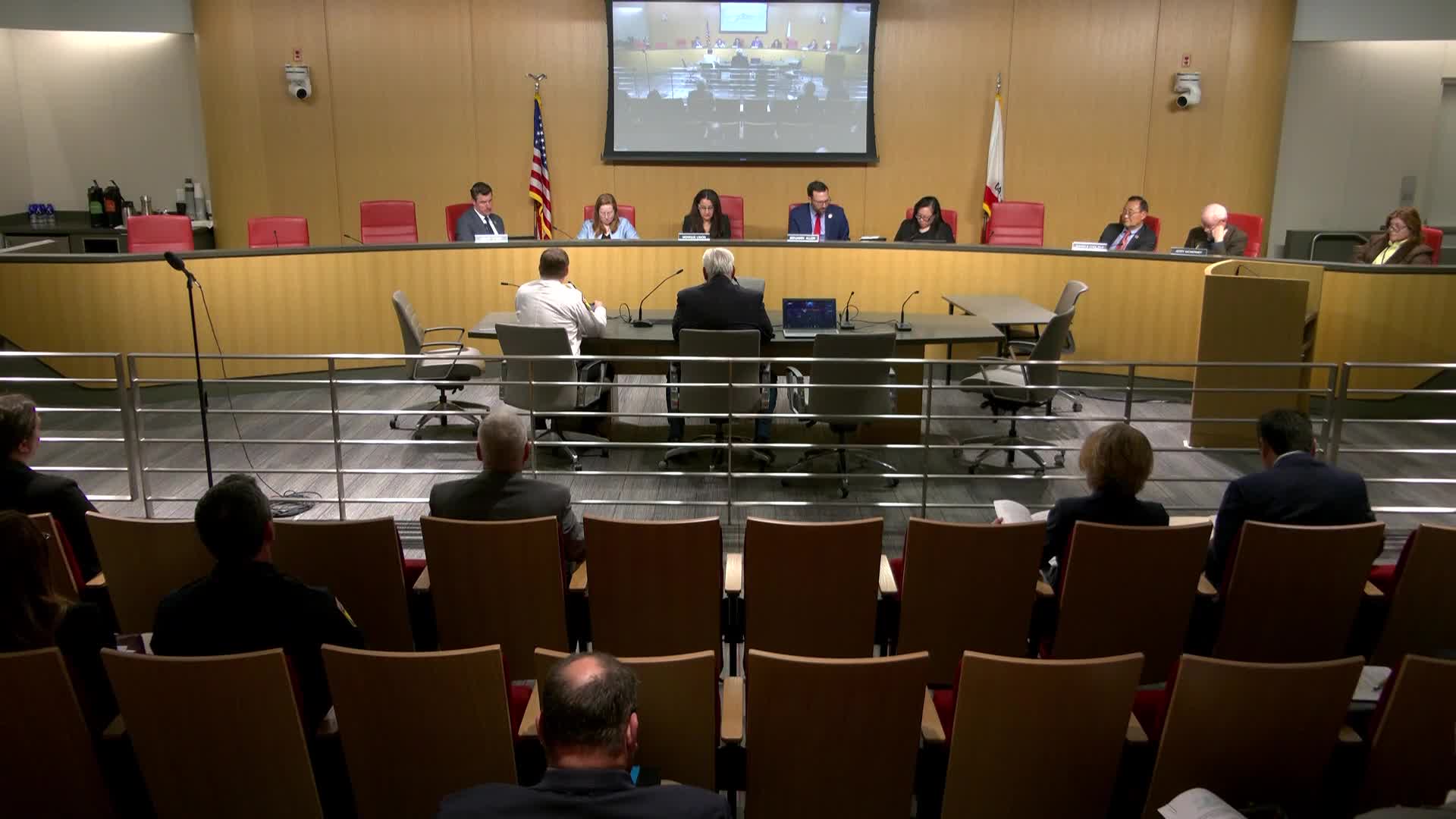Cal Fire increases defensible space inspections with new dashboard and training programs
April 24, 2025 | California State Senate, Senate, Legislative, California
Thanks to Scribe from Workplace AI and Family Portal , all articles about California are free for you to enjoy throughout 2025!

This article was created by AI using a video recording of the meeting. It summarizes the key points discussed, but for full details and context, please refer to the video of the full meeting. Link to Full Meeting
The meeting began with a presentation from CAL FIRE officials, who highlighted the agency's commitment to enhancing wildfire safety through increased inspections and community education. Over the past several years, CAL FIRE has expanded its workforce, now employing over 50 seasonal and full-time defensible space inspectors. This initiative aims to visit every home within the state responsibility area, which encompasses about one-third of California, once every three years. In the last fiscal year, CAL FIRE exceeded its goal by conducting nearly 300,000 inspections across approximately 200,000 individual properties.
A significant development discussed was the launch of a new defensible space inspection dashboard on CAL FIRE's website. This tool aims to improve transparency by providing detailed data on inspection outcomes and compliance rates at a localized level. The dashboard will allow both the public and committee members to track inspection efforts and results more effectively.
Further discussions emphasized CAL FIRE's collaboration with local governments to bolster defensible space initiatives. The agency has developed a model defensible space program that enables local jurisdictions to create tailored enforcement strategies and ordinances. Additionally, a standardized training curriculum has been established to ensure consistency in inspection practices across the state.
Legislative efforts from 2021, spearheaded by Senator Stern, have also led to the training of organizations such as Fire Safe Councils. These groups are now equipped to conduct defensible space assessments, thereby increasing the number of trained individuals available to perform inspections and educate the public on fire safety.
As of now, over 300 assessors have been trained, contributing to home assessments in 25 counties. The progress of these assessments can also be monitored through the interactive dashboard, which provides detailed insights into the effectiveness of the program.
In conclusion, the meeting underscored CAL FIRE's proactive measures in wildfire prevention through enhanced inspection protocols and community engagement. The agency's ongoing efforts aim to improve compliance and ultimately reduce the risk of wildfires across California. Further updates and follow-up actions are anticipated as these initiatives continue to develop.
Converted from Joint Hearing Senate Natural Resources and Water Committee and Senate Budget and Fiscal Review Subcommittee No. 2 on Resources, Environmental Protection and Energy meeting on April 24, 2025
Link to Full Meeting
Comments
View full meeting
This article is based on a recent meeting—watch the full video and explore the complete transcript for deeper insights into the discussion.
View full meeting